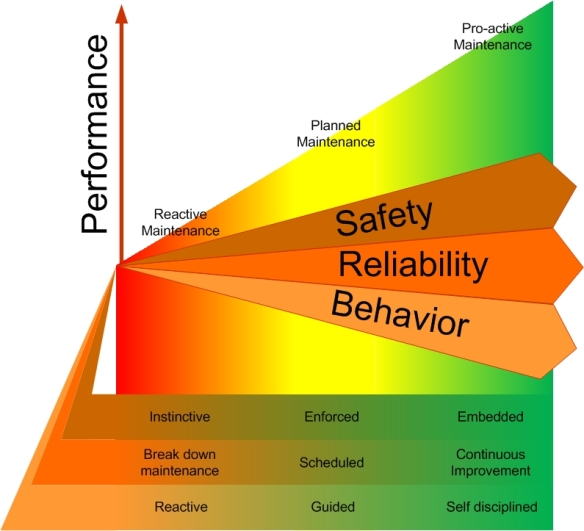A while back I posted a poll with a few possible options as answers to this question and in this blog I will publish the results and some thoughts as well on this.
Participation was 161 votes and the result was as shown in this picture here below:

Poll result on the question: What do you think is the most important aspect of Asset Management?
The answers in other (10.65%) were as follows:
- open sharing of knowledge
- Workforce awareness and education
- Understanding Risk & Consequence
- All of the above
- Asset Management Initiation
- Understanding the asset
- asset management results
- Reliability
- there is no most important. Most of the items above are essential
- All of the above
- Effective Change Management
- asset management outcomes
- people
- They are all equally important
- Value adding proces
- Risk Analysis
- Good Communication with all involved!!!!!
There were also some comments made on the poll’s web site as follows:
- I voted for the continuous improvement approach. The meaning of that approach, however, should include ongoing communication with major equipment suppliers to assure that the bill of material for the equipment is up to date. All other planning will fall short if replacement parts are not available to support maintenance and reliability efforts.
- My point is that if any organisation expects improvement in EAM area (I assume, if no improvement is expected all that poll makes no sense) it should concentrate on assessment of the present state of Asset Management. That means analysis of business KPIs and getting to some conclusion. The feedback – whatever it is – means some decisions which will be executed with EAM Business Processes. Very few organisations use EAM Balanced Scorecards, so the relevant decisions may depend on personal criteria of the managers. Whatever decisions are taken their implementation will affect business processes, so I reckon, Asset Management Processes are always involved, so that item of the poll should be regarded as the most influencing. However, a holistic approach seems to be obvious, but one should remember that some companies have developed EAM strategies and plans only in documents for stakeholders, if they have had any…
- I don’t see a lot of difference between some of the categories. Some could well be a component of another.
- All companies have headline business policies irrespective of whether they are explicit or not, though clearly a well defined policy will be better communicated, however, I believe that at the heart of the asset management process is the strategy. A clear map of where we are – where we are going and how we will get there! A cyclic process of continual review and course adjustment whilst in operation will complete the process. Thus without a well defined strategic core, asset management initiatives will fail.
There was one extra comment made directly under the poll at this blog site: https://bjarniis.wordpress.com/2013/10/27/would-you-like-to-answer-this-quick-poll-please
- I have been acting long time maybe too long as a management consultant and still I can see alot of unefficiency on a shop floor lever. Examples of these areas are e.g. maintenance planning, multiskilled people, bad collaboration between production, production planning, sales and maintenance. I agree with the opinion a maintenence strategy is mandatory, but in this changing world sometimes the business strategy/goals of a company can be a bit “fuzzy” too and then subgoals/strategies can be even more difficult to give or get. So, quite practical approach can give sometimes a faster and higher ROI>>>Fix things you can and leave the rest!
Above you have now seen all the raw data from the poll and comment´s made to date. I would like to leave the interpretation mostly to you, my dear reader, as I know the people who read this blog are quite intelligent people working in the great field of Asset Management.
As we can soon see in the emerging ISO5500x series of standards Asset Management is a very iterative management system and as with most systems as soon as one element of the management system is taken out the whole system will not be as effective in delivering the results that are desired.
I can say that the results overall do not surprise me for one and I would like to encourage you all to comment and discuss the results in the comments section here below.



